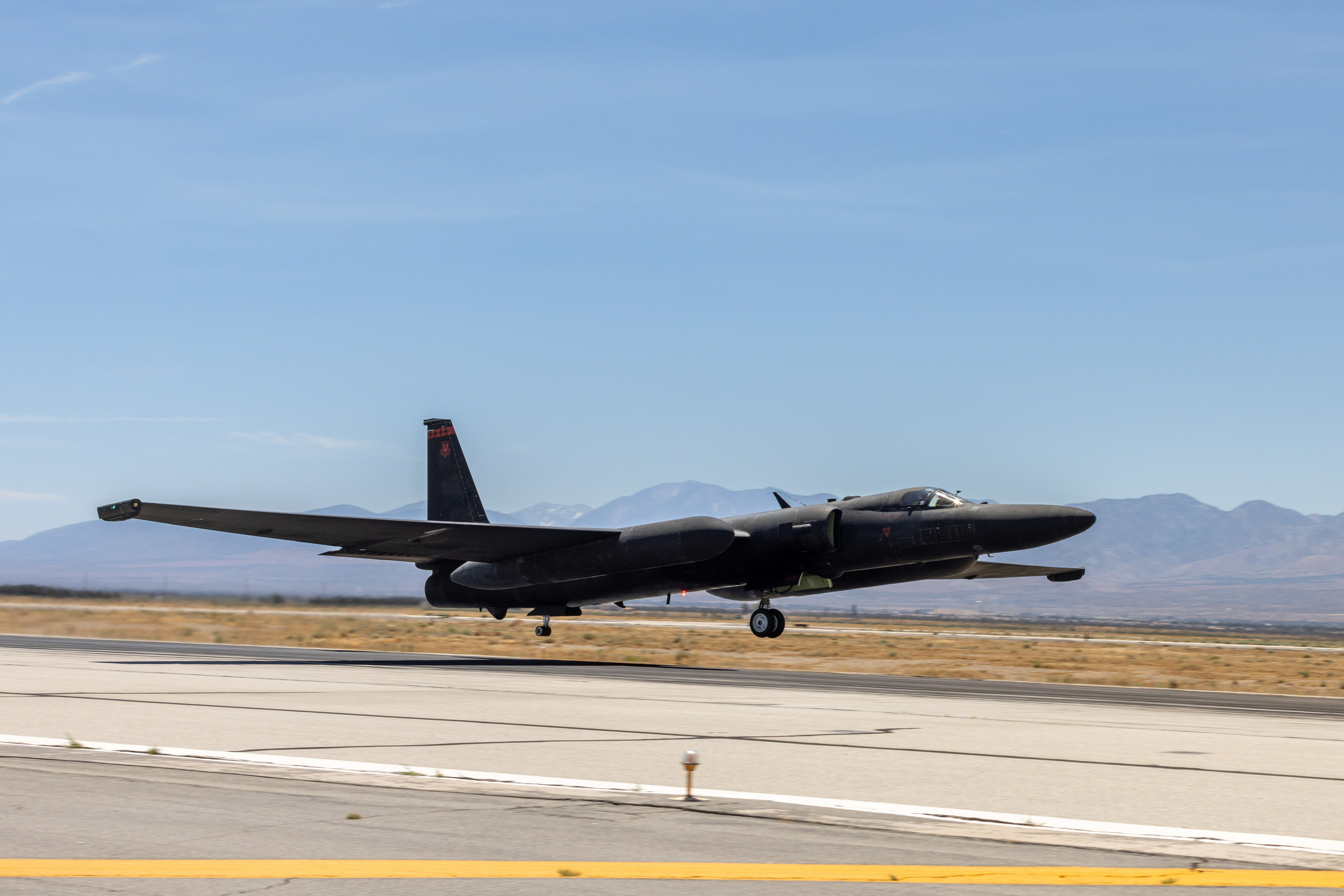Despite the impending retirement of the U-2 Dragon Lady by the US Air Force in 2026, the service is actively working to ensure its continued relevance during its final operational years. In collaboration with the Air Force, Lockheed Martin recently conducted the first flight of a U-2 equipped with an updated avionics system.
Despite the aging state of the present U-2 fleet, the United States Air Force currently sustains a fleet of 27 fully operational aircraft. One of the noteworthy attributes of the U-2 lies in its extraordinary capacity to operate at highly elevated altitudes.
In 1989, a mere 16 minutes after taking off, the U-2 soared to a staggering altitude of 73,700 feet, nearly reaching the boundary of outer space.
This capability was also notably showcased earlier this year when the US military deployed this aircraft in response to a high-altitude Chinese spy balloon that had entered US and Canadian airspace, lingering for several days before it was intercepted and successfully destroyed near the coast of South Carolina.
However, the U-2 spy plane is primarily renowned as a high-flying aircraft that played a vital role during the Cold War era.
Designed to locate Soviet missiles, this spy plane gained notoriety when Francis Gary Powers, who was piloting a Lockheed U-2 spy plane, was shot down during a reconnaissance mission over Soviet Union airspace in 1960.

It also came into the spotlight on October 27, 1962, when a U-2 plane, with Rudolf Anderson Jr. at the controls, was downed during the Cuban Missile Crisis.
Following that period, successive versions of this aircraft have consistently collected intelligence in various conflicts and are still monitoring countries like North Korea.
Given its storied history and impressive capabilities, the US Air Force has been indecisive about retiring the U-2 Dragon Lady spy aircraft. The aircraft’s relevance in the modern era is also under scrutiny, mainly because of the advancements in satellite technology during this period.
In the past, Congress opposed retiring the U-2 aircraft, and for a long time, they resisted the Air Force’s efforts to replace the old wet-film Optical Bar Camera system on the U-2. However, in July 2022, the Air Force finally replaced it with a more modern digital system.
The current plan within the service is to retire the aircraft by 2026. Nevertheless, there has been no public announcement regarding the official replacement for the iconic U-2 Dragon Lady. One highly likely candidate is the classified Northrop Grumman RQ-180 stealth drone.
The United States is actively exploring methods to utilize the U-2 platform to test state-of-the-art technologies for future aircraft. Moreover, the US continually upgrades this aircraft to ensure its relevance throughout the rest of its planned service life.
U-2 Makes First Flight With Upgraded Avionics
Lockheed Martin announced on September 26 that an Air Force U-2 Dragon Lady aircraft completed its first flight with its newly upgraded avionics system.
This Avionics Tech Refresh (ATR) enhances the communication and navigation capabilities of the U-2, featuring a new mission computer based on an open mission systems standard.
A Lockheed release said this update enables the aircraft to communicate with networks and platforms in diverse domains and security levels. The hardware and software update, part of an open-mission systems approach, is expected to support the U-2 throughout its planned service life.
In addition to the upgraded avionics systems, the U-2 has undergone enhancements in cabling, software, and displays to reduce pilot workload by improving data presentation for quicker and more informed decision-making.
“The successful first flight of the U-2 Avionics Tech Refresh is a significant moment in our journey to rapidly and affordably field new capabilities,” said Sean Thatcher, U-2 Avionics Tech Refresh program manager at Lockheed Martin Skunk Works. “Leveraging the platform’s open architecture, we’re expediting these capabilities needed for the future Joint All-Domain Operations battlespace.”
In 2020, Lockheed was awarded a US$50 million contract for the Avionics Tech Refresh (ATR). During a recent mission, the U-2 aircraft completed a low-altitude functional check flight to integrate and test the new avionics, cabling, and software.
Lockheed Martin highlighted that the first flight of the Avionics Tech Refresh (ATR) represents a crucial “milestone” in the U-2’s modernization journey, aiming to achieve the status of the initial fully OMS-compliant fleet.
The company added that further testing will focus on establishing a robust software foundation before implementing mission systems, guaranteeing operational functionality and seamless interoperability to fulfill functional requirements.
- Contact the author at ashishmichel(at)gmail.com
- Follow EurAsian Times on Google News